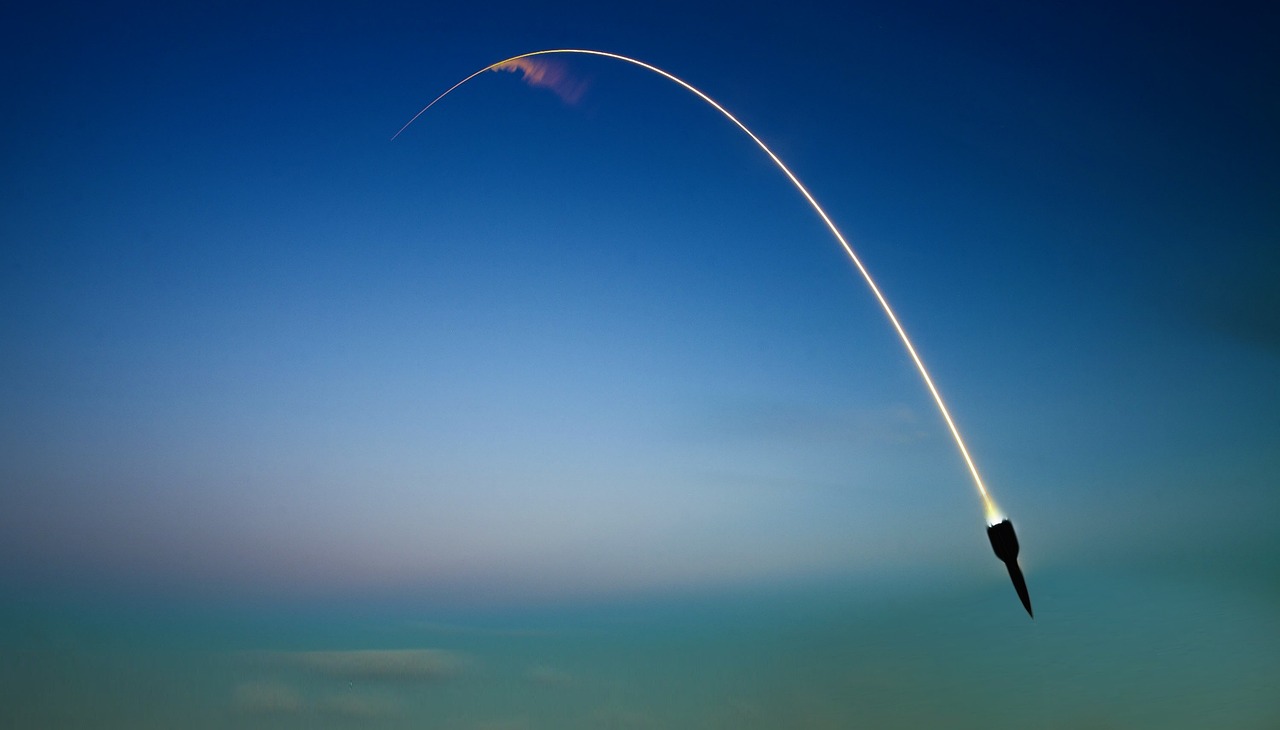This post is also available in:
 עברית (Hebrew)
עברית (Hebrew)
Slingshot Aerospace announced the creation of Agatha – a new AI system that can identify anomalous spacecraft within large satellite constellations, created in collaboration with DARPA.
Many countries and commercial space operators worldwide are planning to deploy large satellite constellations of over 10,000 spacecraft to lower earth orbit, which calls for some kind of monitoring to ensure that the satellites operate according to the constellation’s stated purpose.
The company reports that Agatha was trained on over 60 years of simulated constellation data, stating “Agatha AI incorporates cutting-edge approaches to AI data analysis, including inverse reinforcement learning (IRL) – a technique that uses AI to evaluate behaviors and identify the policies and intentions of the objects it tracks.” This technique not only keeps track of individual outlier maneuvers but can also focus on more important strategic questions like why the satellites in question are behaving the way they are and what their intentions are.
The International Telecommunication Union reports that up until the beginning of 2023 they received filings for over 300 constellations representing more than 1 million satellites – AI technology like Agatha can be extremely useful in keeping track of the growing number of objects in space and monitoring those space constellations.
According to Interesting Engineering, the system has a ‘data-agnostic model’ that can ingest great volumes of information and identify anomalies as it keeps on searching for more and therefore doesn’t need cues to be fed to it. Agatha will specifically analyze high-resolution astrometric, contextual, and photometric data from the Slingshot Platform’s vast data lake.
An example of what Agatha can do – Slingshot’s system detected anomalous maneuvers by Russian spacecraft Luch (Olymp) 2 back in 2023, which was tracked approaching multiple geo spacecraft in orbit and had kept on changing its locations within a matter of months. The tracking system helped identify Luch (Olymp) 2 as an impostor.
Dr. Dylan Kesler, Director of Data Science and AI in Slingshot Aerospace, stated: “Agatha represents a breakthrough in how AI can deliver unparalleled space domain awareness, as its ability to find these needles in the haystack is something no human, or team of humans, could possibly execute.”
Kesler further explained that the Agatha model has also proven its ability to deliver high-quality insights that provide ‘explainability’ or context for why specific objects were flagged. “The ability to quickly identify anomalies – whether a malfunctioning spacecraft or an intentionally nefarious ‘wolf in sheep’s clothing’ – is an increasingly important aspect of maintaining safety and security in space and on Earth,” Kesler added.
This information was provided by Interesting Engineering.
























